SEO
Google Autocomplete: A Complete SEO Guide

Google Autocomplete is a controversial but powerful search feature.
When you type a word, or even a letter, into Google, it populates a list of search suggestions. That’s what autocomplete is.
SEO professionals, paid search marketers, content marketers, and social media managers can all benefit from using Google Autocomplete to help with different keyword-focused and intent-exploring projects.
On the other hand, Google Autocomplete often makes the news for funny, peculiar, or even offensive habits (often in a negative way).
People use autocomplete constantly, saving thousands of seconds per day, but it has also been blamed for political cover-ups and spoiling movies, TV shows, and video games.
Google Autocomplete can also be a powerful marketing tool. SEO professionals and other digital marketers have used it for years to inform strategy, get keywords, and find the important questions customers are asking.
They can use Autocomplete to better optimize clients’ digital properties and the content and messaging that make them up.
This guide will help you understand the real power this simple but super-helpful feature can do for help with your day-to-day tasks.
What Is Google Autocomplete?
Google’s own words, Google Autocomplete is “designed to make it faster to complete searches that you’re beginning to type.”
It’s integrated across Google Search and other Alphabet properties that use Google, including in the “Omnibox” on Chrome.
Google estimates that, cumulatively, it saves over 200 years of typing every day, and on average reduces typing overall by about 25 percent.
The primary purpose of the Autocomplete dropdown is to cut back on time a user spends typing by offering predictions of what a user may be typing — including for websites using the built-in Google Custom Search Engine feature.
While Autocomplete has been a desktop search feature since late 2004, it has become even more useful as a time-saving feature on mobile devices.
Typing on a mobile device is a bit tougher than doing so on the large keyboards we have grown up with and are accustomed to, so it’s a welcomed tool for providing assistance and saving time for many.
There are several other useful ways that the feature can be used to leverage content ideas, keyword suggestions, intent exploration, online reputation management, and other data-driven tasks.
How Does Autocomplete Work?
Ex-Googler Kevin Gibbs created the project, originally called “Google Suggest” by another former Googler Marissa Mayer.
Google has since moved away from the “Suggest” name since it’s not always offering the most thoughtful, caring, or appropriate predictions.
Google calls the completions it offers “predictions”, not “suggestions.” This is because of how Autocomplete works.
Autocomplete is supposed to help people complete a sentence they were intending – not to suggest a search intent, as with “I’m feeling lucky.” They determine predictions by looking at common searches on Google, including looking at trending searches that might be relevant.
This allows Autocomplete to quickly update and adapt to new search trends and news stories.
Much of Autocomplete’s behavior is computer-generated, with data collected from millions of other Google searches and their results, including the content on those pages. It also takes information from your search history, location, and other data points.
Google has also put a lot of work in, so as to avoid inappropriate or offensive autocomplete suggestions. This means there are both automated and manual removal procedures that can influence what autocomplete suggestions are left.
Autocomplete is also related to the Knowledge Graph, and especially on mobile, it can bring Knowledge Graph suggestions into the prediction.
It wasn’t until 2008 that Google built Autocomplete into its default search engine (it was previously an opt-in feature).
Best Ways to Use Google Autocomplete
1. Keyword Research
It’s a long, tedious, and laborious task, but it’s also the foundation of all SEO strategies– and has been for a long time.
While we may no longer explicitly target keywords, keywords and their related ideas are always going to be an important part of search marketing.
Keyword research is one of the first tasks tackled at the start of an engagement — and carried on throughout the engagement — to understand not just a brand and the content it creates, but also its potential shortcomings, website strengths and weaknesses, and content gaps.
Autocomplete doesn’t do all the work for you in terms of keyword research, but it’s a great place to start at or to use early and often when developing content calendars and general organic search strategies.
Using it (along with other keyword resource tools like Google Keyword Planner and other third-party keyword databases) to get an idea of the right keywords you want to target by considering monthly search frequency, competition, and even cost-per-click (CPC) pricing will do your search strategy justice.
One of the shining advantages of Google Autocomplete is its ability to uncover quality long-tail phrases that are commonly searched across the web.
Since the primary measure for Autocomplete is popularity — based on real searches by users in real-time — the value of Autocomplete lies in its plethora of keyword-level data that you can dig up if you work at it hard and long enough.
As always, be sure you are signed out of Google to ensure you limit personalization for an unbiased look at predictions.
Long-tail keywords are incredibly useful when fulfilling content gaps but also offer endless possibilities in terms of high-value blog posts and educational content within a brand’s niche.
2. Intent Exploration
Understanding user intent is important because it guides the goal of the page, its messaging, its layout, and even imagery. We know pages perform best when they fully satisfy the user intent of a search query.
You can use Autocomplete to better understand user intent, but doing so can be involved and laborious. Taking the time to visit many different web pages in the search results tied to specific predictions is going to take some time, focus, and content consumption. But the information you can mine from this method is invaluable.
Keywords overlap various stages of user intent, and without more keyword context, it can be tough to understand the intent.
Autocomplete will help you not just understand different high-value long-tail keywords and the intent surrounding them, but it will also help marketers recognize the volume of content around specific stages of intent, as well as which long-tail phrases and intent stages could be optimized for as a higher priority.
Of course, for high-value keywords — long-tail or traditional one-, two-, and three-word phrases — it’s important to satisfy all stages of intent as they relate to the high-value keywords.
That’s the idea behind an all-encompassing, quality search strategy. And Autocomplete can help get you there.
3. Online Reputation Management
Autocomplete has been significant in the realm of online reputation management, too.
Remember, when a user searches for your name or your brand name, the first thing they see, even before your site on the SERP (search engine results page), is the Autocomplete predictions tied to that name.
If those predictions are negative, or if even just one of them is negative, it can have a real impact on your business’s performance.
Think about it. You search [Dog Washers Inc] and the first prediction finishes with “loses dog,” you probably won’t feel too keen on bringing your dog there for his next bath.
Same for a restaurant; if you search [Ted’s Seaford Spot] and the prediction finishes with “e. Coli,” I have a pretty good idea of what you’re not eating tonight.
Autocomplete makes up an important part of online reputation management (ORM) and cannot be ignored when working to balance all negative connections made with brands.
One must be vigilant, just like most ORM strategies. Several ways brands can work to offset negative Autocomplete predictions are:
- Take control of your brand’s conversations to ensure the right connections are being made in Google Autocomplete.
- Social media account optimization reinforces the positive connections that may be overshadowed by negative ones.
- Social media content, messaging, and engagement are in line with the optimizations above and the brand’s voice and tone.
- Consistent branding and messaging for profile websites with positive keywords association used elsewhere
- Starting small and making an impact by searching for positive connections for the brand from different locations. Obviously, the more people, the better. But you’d be surprised at the impact it can have.
- Building backlinks to Google SERPs for positive keyword associations with your name; things like [sam hollingsworth seo writer] and [sam hollingsworth handicapper] would be great starts for someone like myself. 😊
- If there are negative autocomplete suggestions, ensure that you have a strategy of how to address them.
4. Content Generation and Exploration
You can also now use Autocomplete for content generation and exploring competitor content for your own content ideas. It’s easy, and interesting, to use Autocomplete alongside other online writing tools, to find out what web users are searching for.
FAQs
Just looking at “who”, “what”, “where”, “when”, and “why” with a few brand-related questions can get you a ton of questions for your FAQ– questions people may already be searching for.
Related keywords
You can do this in many ways, for many reasons. An easy one is “brand name vs.”– Google will autofill with competitors. You can also look at “brand name and” and see what autocomplete finds there– finding ways to expand your brand.
Related topics
If you can find Autocomplete suggestions for related topics, that aren’t covered by your main topic, you might have an edge to grow some content in that niche.
Queries like “how * works” can be invaluable, autocomplete filling in the wildcard space with suggestions. You can also do this to find questions about your brand, questions for content marketing, find problems potential customers are looking for, and even find out if users are looking for certain social media accounts.
Autocomplete Policies
With a history of backlash due to some of its search predictions, Google does manually work to prevent inappropriate Autocomplete predictions when it comes to:
- Sexually explicit predictions.
- Hateful predictions against groups and individuals.
- Violent predictions.
- Danger and harmful activities in predictions.
It also may remove predictions that could be considered spam, facilitate or advocate piracy, or if given a legal request to do so.
Google makes it clear that it removes predictions that relate to any of the above-mentioned situations unless they contain medical or scientific terms that are not malicious.
Looking for Feedback
To better control inappropriate Autocomplete predictions, Google launched its feedback tool and uses the data to make improvements consistently.
For instance, there doesn’t have to be a particular demographic that is being targeted by something hateful in nature; and feedback helps get that discovered faster and easier.
 Screenshot of Google Search, November 2021
Screenshot of Google Search, November 2021Understanding what people are actually searching for is an essential part of your SEO strategy.
See how you can incorporate Google Autocomplete into your research process. You just might be surprised at the specific keywords and search intent it reveals!
More SEO Resources:
Featured image: Shutterstock/Fonstra
SEO
56 Google Search Statistics to Bookmark for 2024
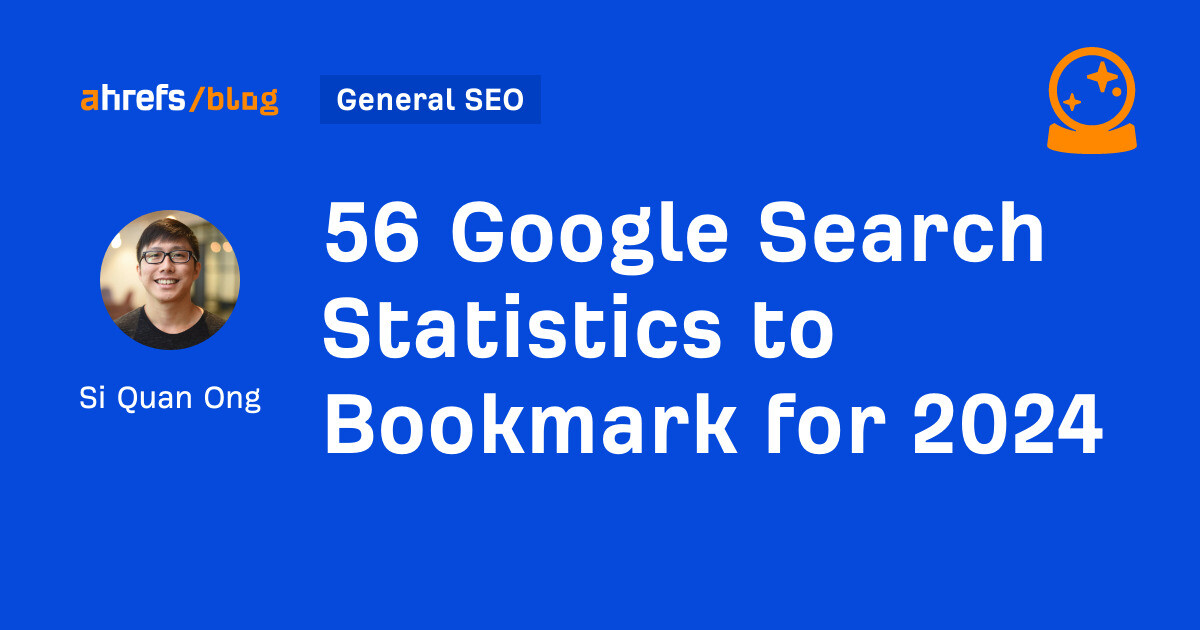
If you’re curious about the state of Google search in 2024, look no further.
Each year we pick, vet, and categorize a list of up-to-date statistics to give you insights from trusted sources on Google search trends.
Check out more resources on how Google works:
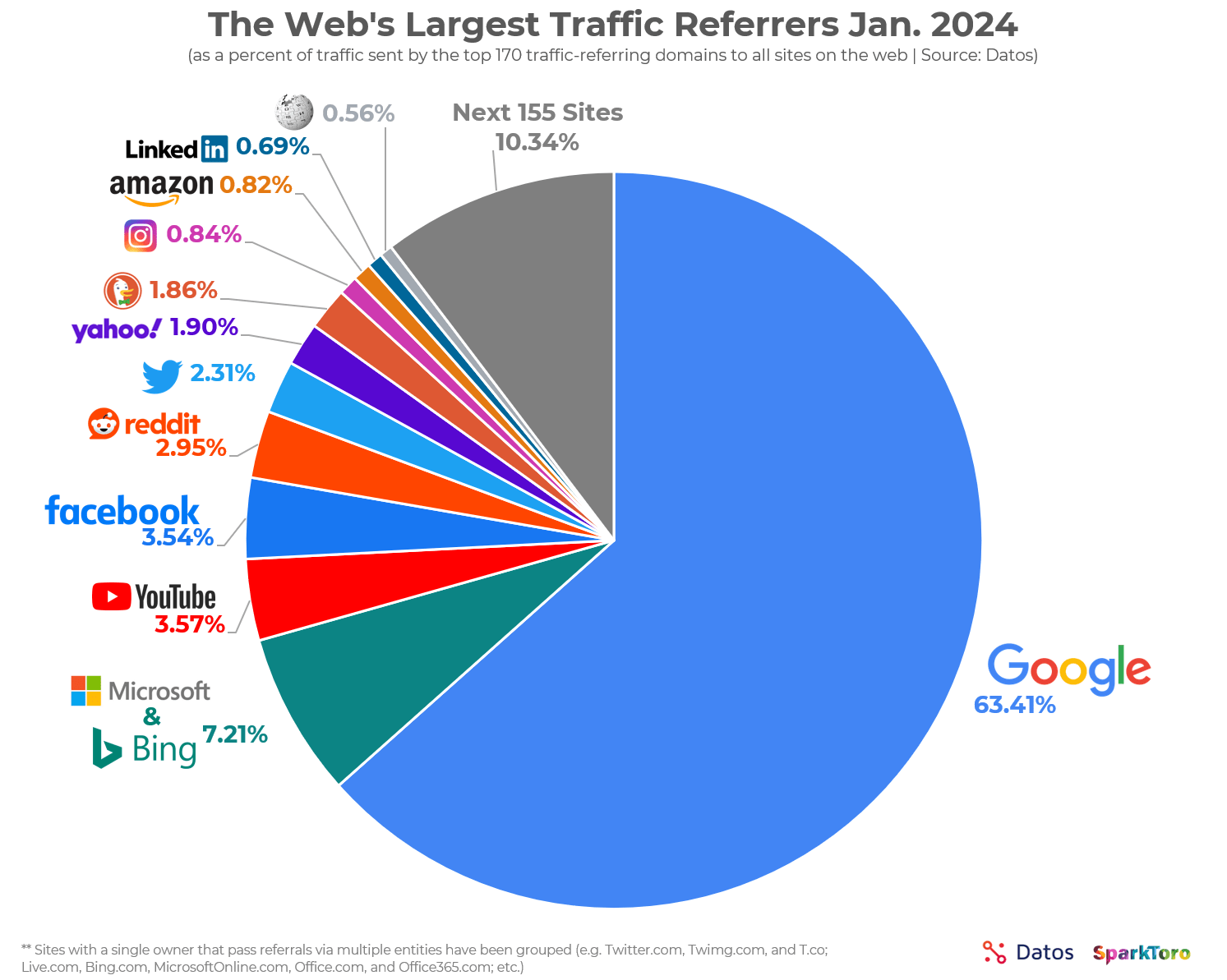

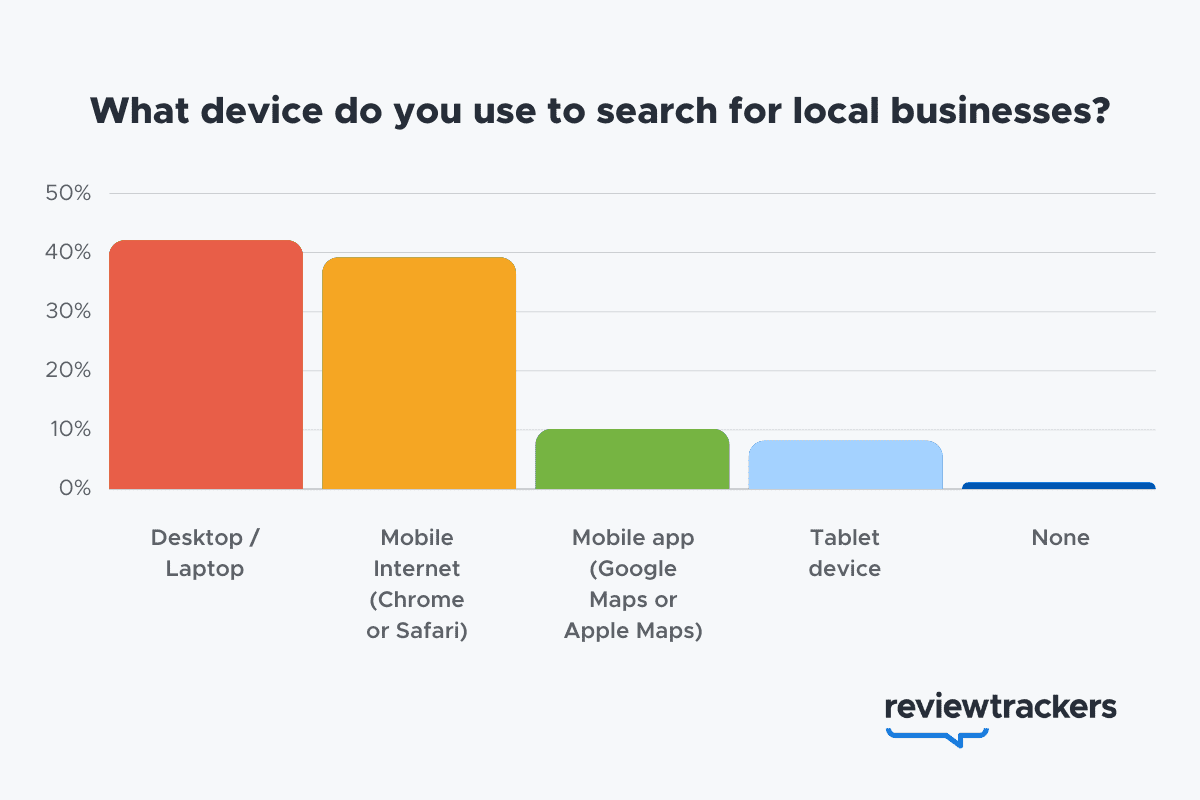

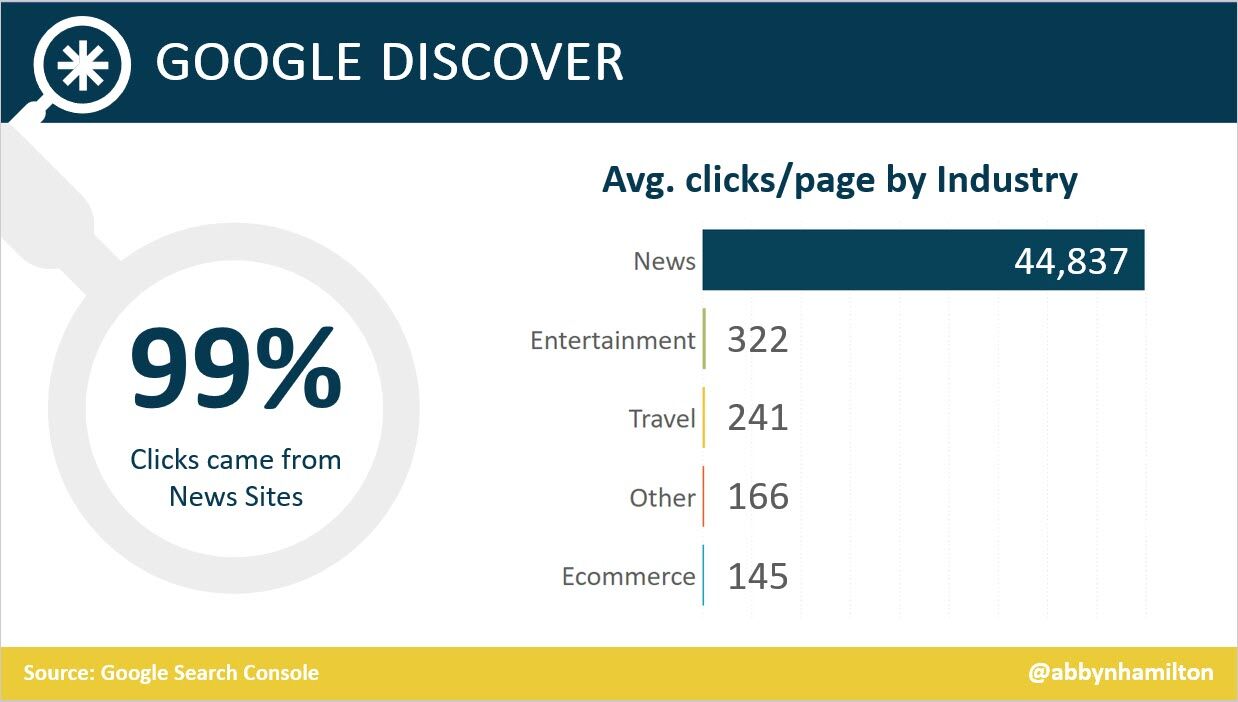

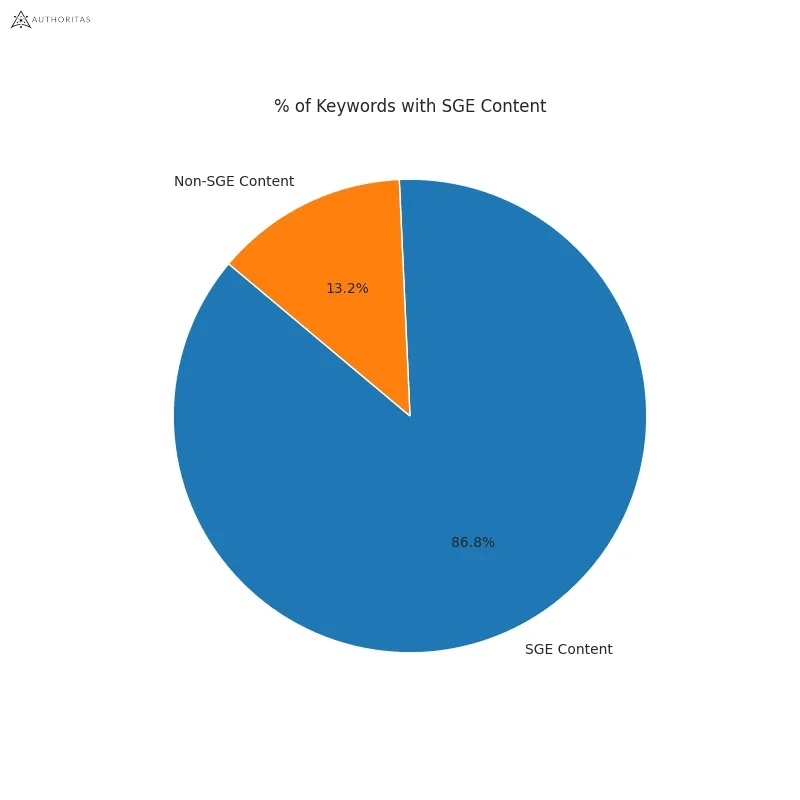

Learn more
SEO
How To Use ChatGPT For Keyword Research

Anyone not using ChatGPT for keyword research is missing a trick.
You can save time and understand an entire topic in seconds instead of hours.
In this article, I outline my most effective ChatGPT prompts for keyword research and teach you how I put them together so that you, too, can take, edit, and enhance them even further.
But before we jump into the prompts, I want to emphasize that you shouldn’t replace keyword research tools or disregard traditional keyword research methods.
ChatGPT can make mistakes. It can even create new keywords if you give it the right prompt. For example, I asked it to provide me with a unique keyword for the topic “SEO” that had never been searched before.
“Interstellar Internet SEO: Optimizing content for the theoretical concept of an interstellar internet, considering the challenges of space-time and interplanetary communication delays.”
Although I want to jump into my LinkedIn profile and update my title to “Interstellar Internet SEO Consultant,” unfortunately, no one has searched that (and they probably never will)!
You must not blindly rely on the data you get back from ChatGPT.
What you can rely on ChatGPT for is the topic ideation stage of keyword research and inspiration.
ChatGPT is a large language model trained with massive amounts of data to accurately predict what word will come next in a sentence. However, it does not know how to do keyword research yet.
Instead, think of ChatGPT as having an expert on any topic armed with the information if you ask it the right question.
In this guide, that is exactly what I aim to teach you how to do – the most essential prompts you need to know when performing topical keyword research.
Best ChatGPT Keyword Research Prompts
The following ChatGPT keyword research prompts can be used on any niche, even a topic to which you are brand new.
For this demonstration, let’s use the topic of “SEO” to demonstrate these prompts.
Generating Keyword Ideas Based On A Topic
What Are The {X} Most Popular Sub-topics Related To {Topic}?
The first prompt is to give you an idea of the niche.
As shown above, ChatGPT did a great job understanding and breaking down SEO into three pillars: on-page, off-page & technical.
The key to the following prompt is to take one of the topics ChatGPT has given and query the sub-topics.
What Are The {X} Most Popular Sub-topics Related To {Sub-topic}?
For this example, let’s query, “What are the most popular sub-topics related to keyword research?”
Having done keyword research for over 10 years, I would expect it to output information related to keyword research metrics, the types of keywords, and intent.
Let’s see.
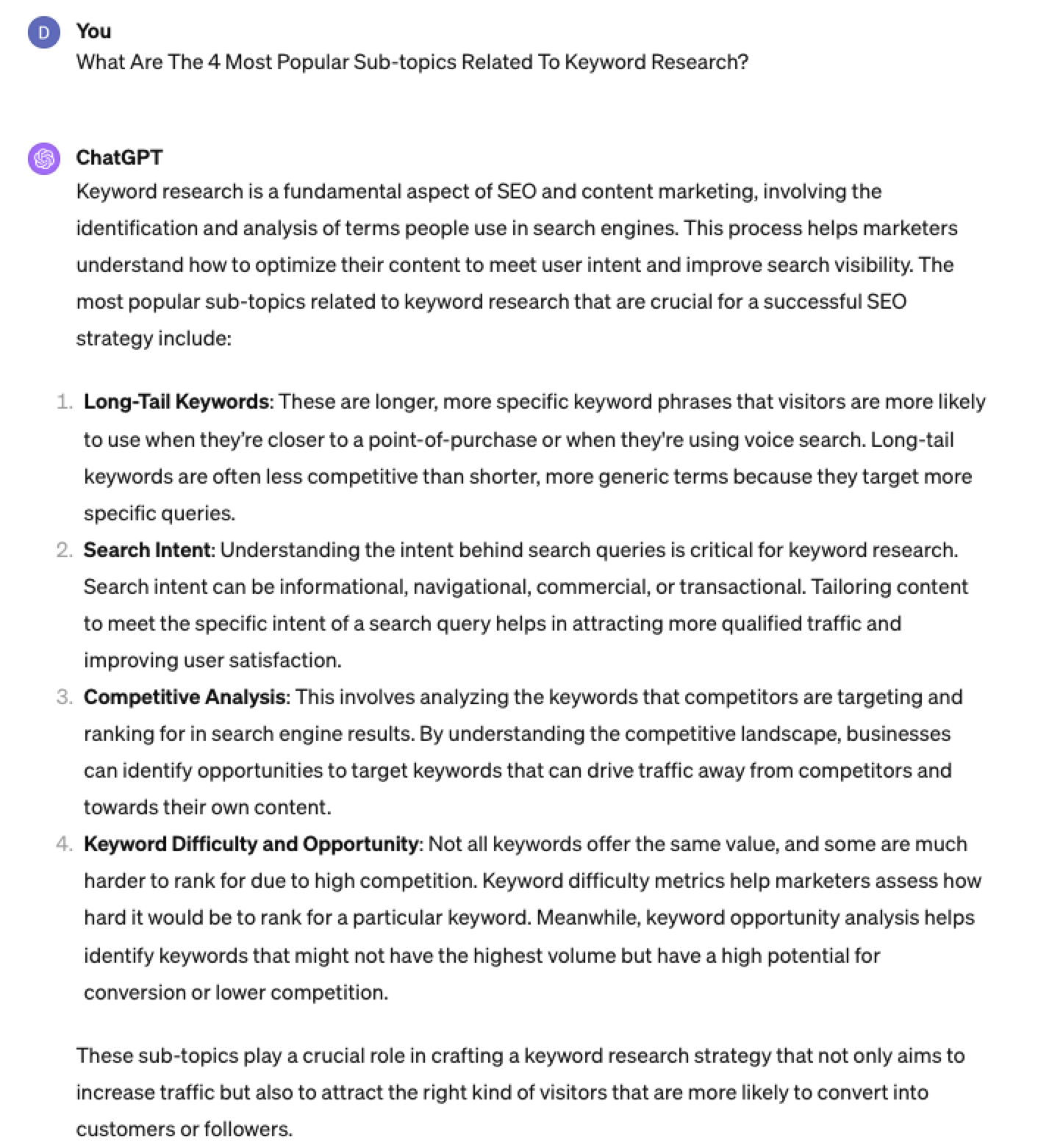 Screenshot from ChatGPT 4, April 2024
Screenshot from ChatGPT 4, April 2024Again, right on the money.
To get the keywords you want without having ChatGPT describe each answer, use the prompt “list without description.”
Here is an example of that.
List Without Description The Top {X} Most Popular Keywords For The Topic Of {X}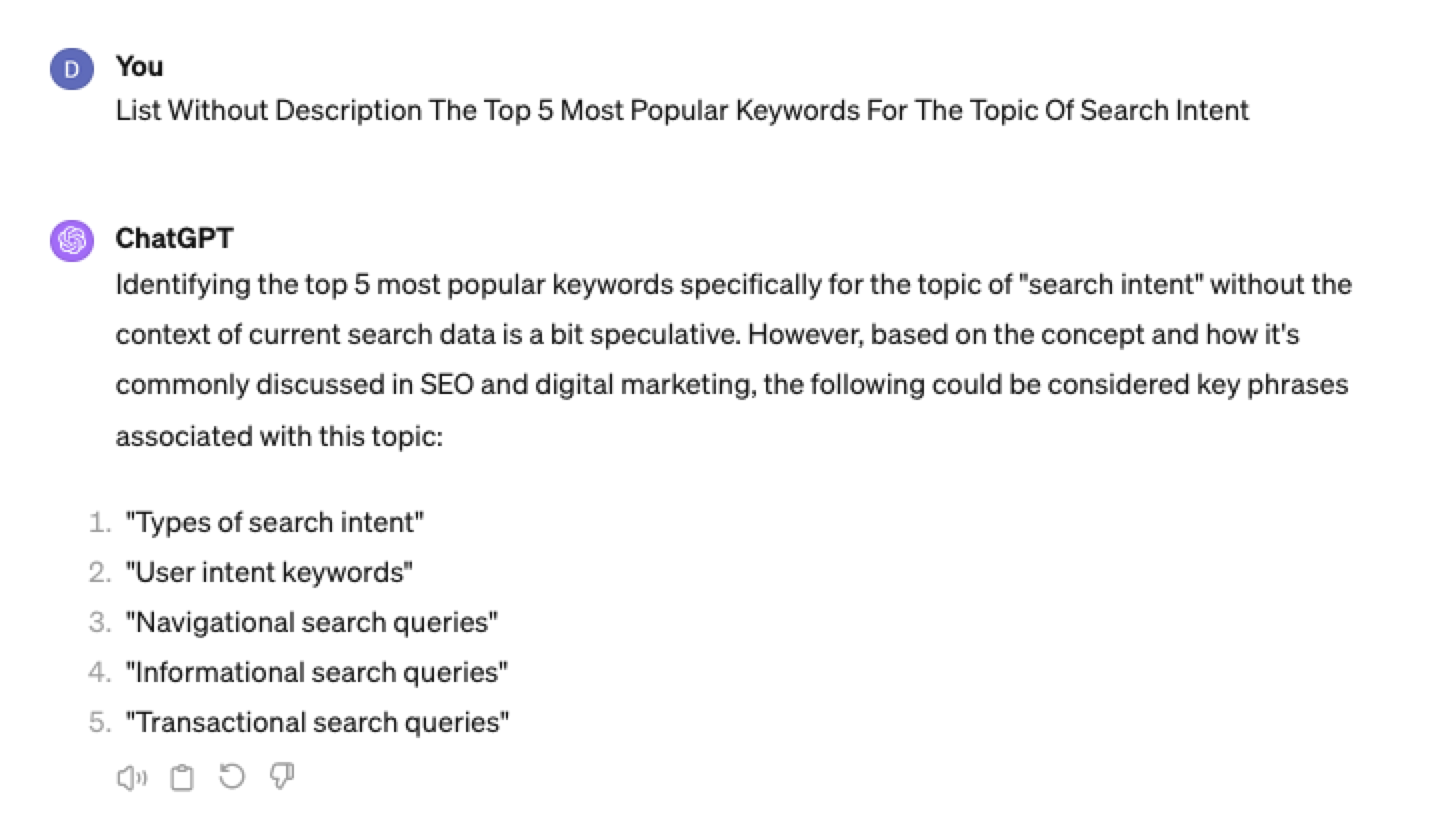
You can even branch these keywords out further into their long-tail.
Example prompt:
List Without Description The Top {X} Most Popular Long-tail Keywords For The Topic “{X}”
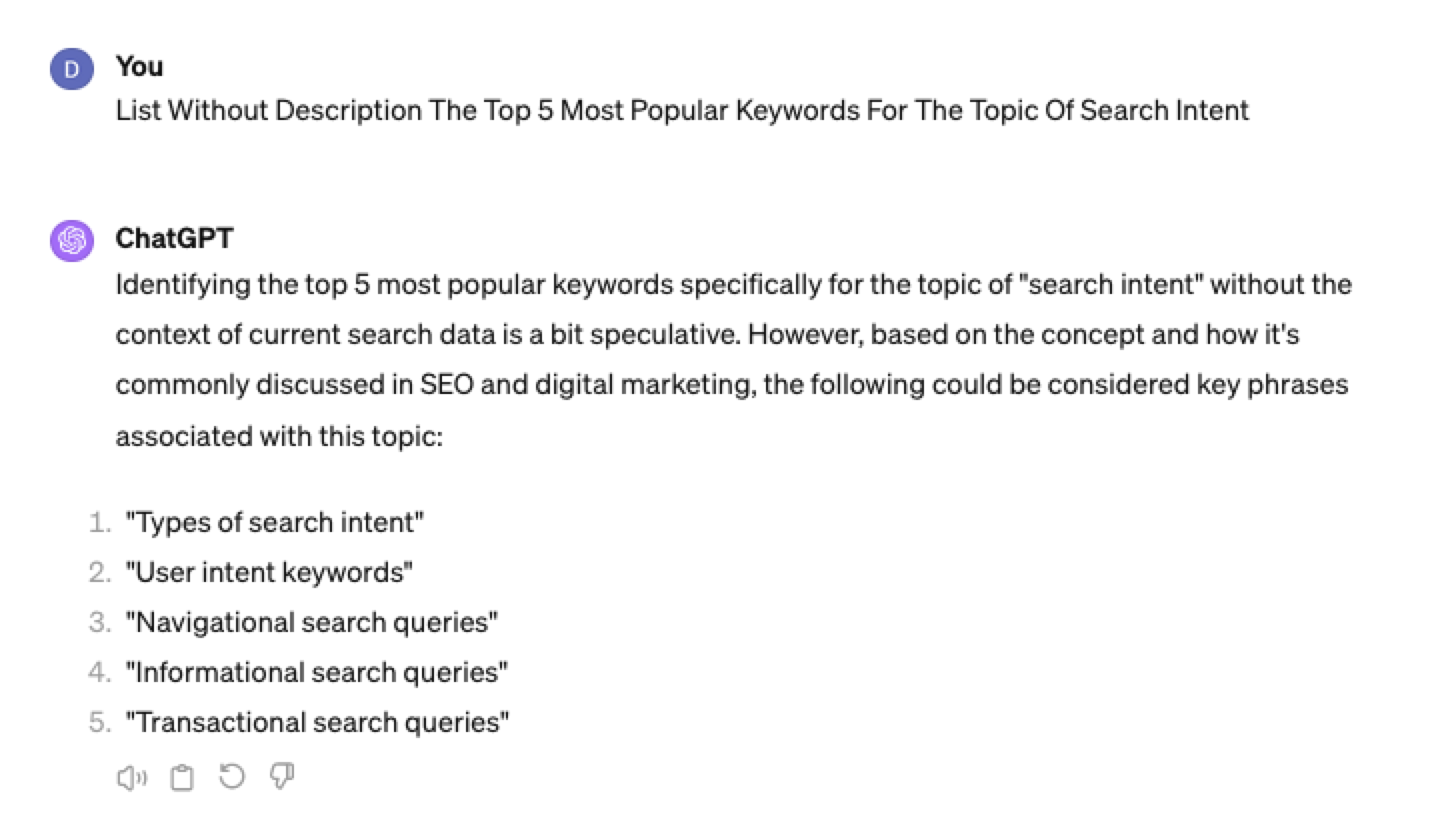 Screenshot ChatGPT 4,April 2024
Screenshot ChatGPT 4,April 2024List Without Description The Top Semantically Related Keywords And Entities For The Topic {X}
You can even ask ChatGPT what any topic’s semantically related keywords and entities are!
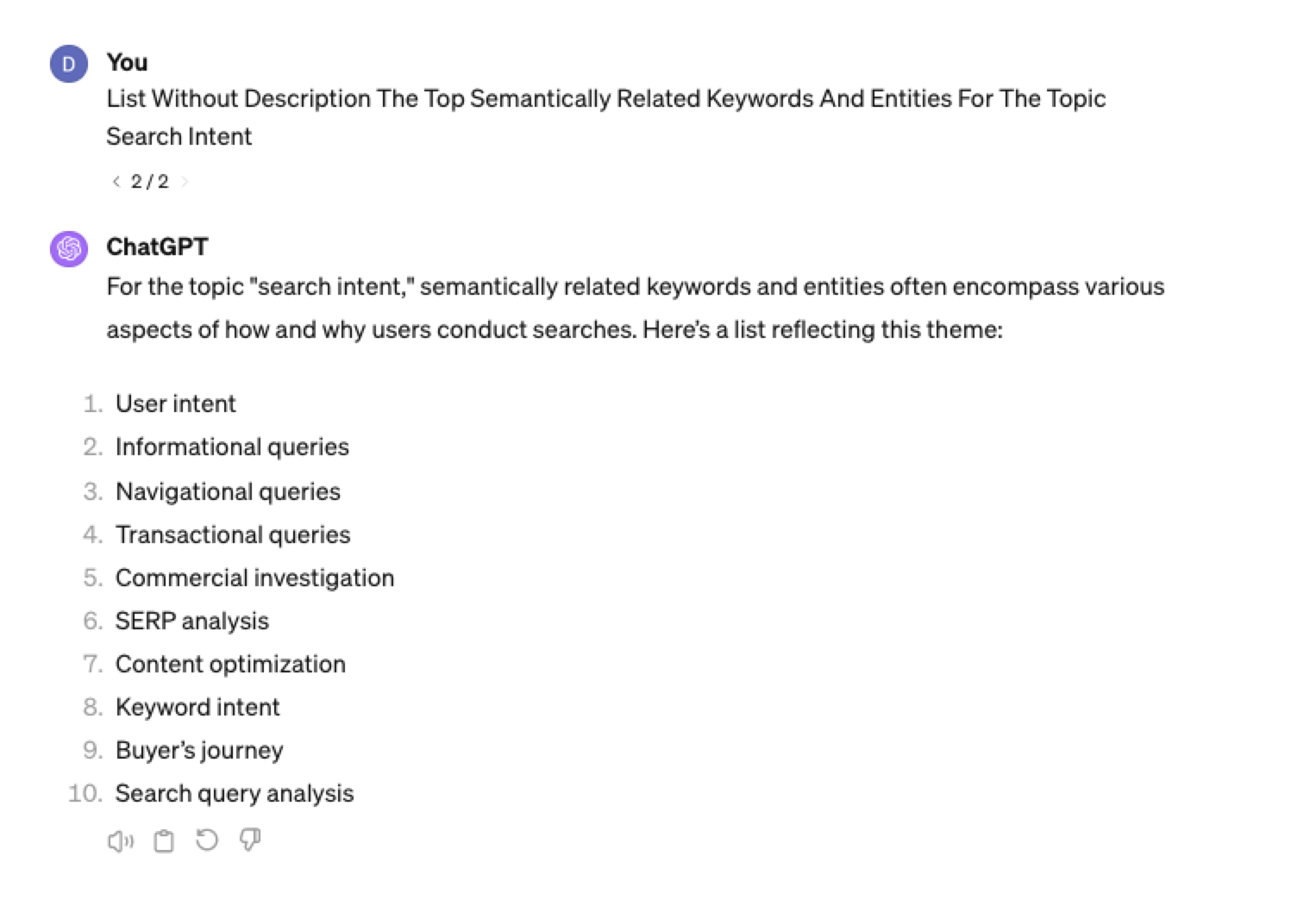 Screenshot ChatGPT 4, April 2024
Screenshot ChatGPT 4, April 2024Tip: The Onion Method Of Prompting ChatGPT
When you are happy with a series of prompts, add them all to one prompt. For example, so far in this article, we have asked ChatGPT the following:
- What are the four most popular sub-topics related to SEO?
- What are the four most popular sub-topics related to keyword research
- List without description the top five most popular keywords for “keyword intent”?
- List without description the top five most popular long-tail keywords for the topic “keyword intent types”?
- List without description the top semantically related keywords and entities for the topic “types of keyword intent in SEO.”
Combine all five into one prompt by telling ChatGPT to perform a series of steps. Example:
“Perform the following steps in a consecutive order Step 1, Step 2, Step 3, Step 4, and Step 5”
Example:
“Perform the following steps in a consecutive order Step 1, Step 2, Step 3, Step 4 and Step 5. Step 1 – Generate an answer for the 3 most popular sub-topics related to {Topic}?. Step 2 – Generate 3 of the most popular sub-topics related to each answer. Step 3 – Take those answers and list without description their top 3 most popular keywords. Step 4 – For the answers given of their most popular keywords, provide 3 long-tail keywords. Step 5 – for each long-tail keyword offered in the response, a list without descriptions 3 of their top semantically related keywords and entities.”
Generating Keyword Ideas Based On A Question
Taking the steps approach from above, we can get ChatGPT to help streamline getting keyword ideas based on a question. For example, let’s ask, “What is SEO?”
“Perform the following steps in a consecutive order Step 1, Step 2, Step 3, and Step 4. Step 1 Generate 10 questions about “{Question}”?. Step 2 – Generate 5 more questions about “{Question}” that do not repeat the above. Step 3 – Generate 5 more questions about “{Question}” that do not repeat the above. Step 4 – Based on the above Steps 1,2,3 suggest a final list of questions avoiding duplicates or semantically similar questions.”
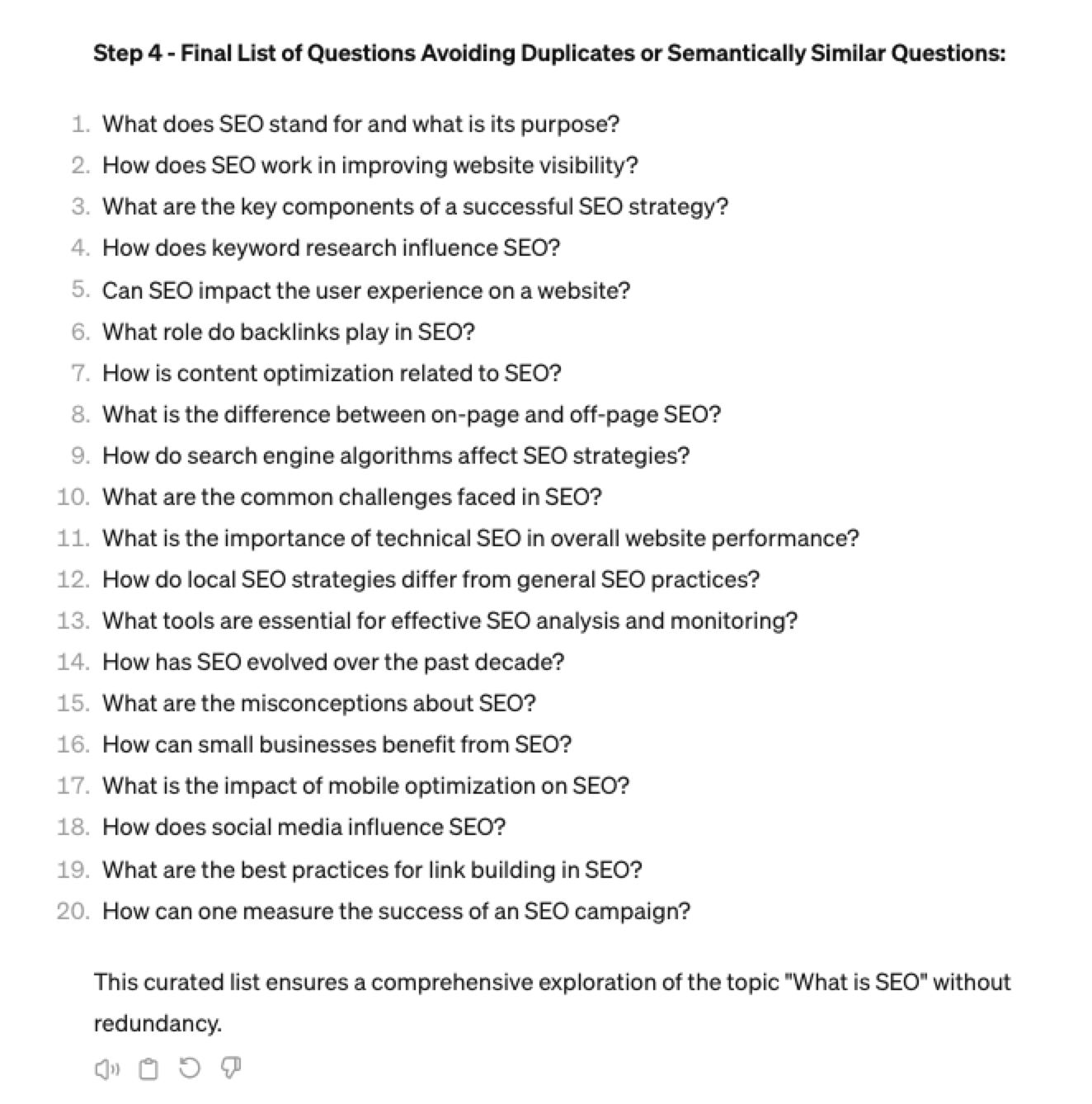 Screenshot ChatGPT 4, April 2024
Screenshot ChatGPT 4, April 2024Generating Keyword Ideas Using ChatGPT Based On The Alphabet Soup Method
One of my favorite methods, manually, without even using a keyword research tool, is to generate keyword research ideas from Google autocomplete, going from A to Z.
-
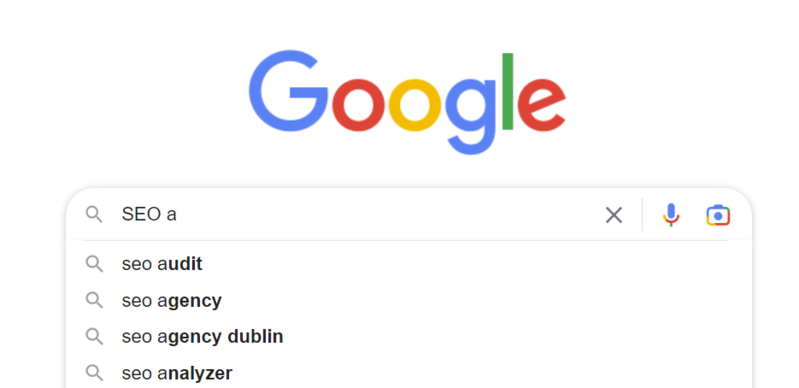 Screenshot from Google autocomplete, April 2024
Screenshot from Google autocomplete, April 2024
You can also do this using ChatGPT.
Example prompt:
“give me popular keywords that includes the keyword “SEO”, and the next letter of the word starts with a”
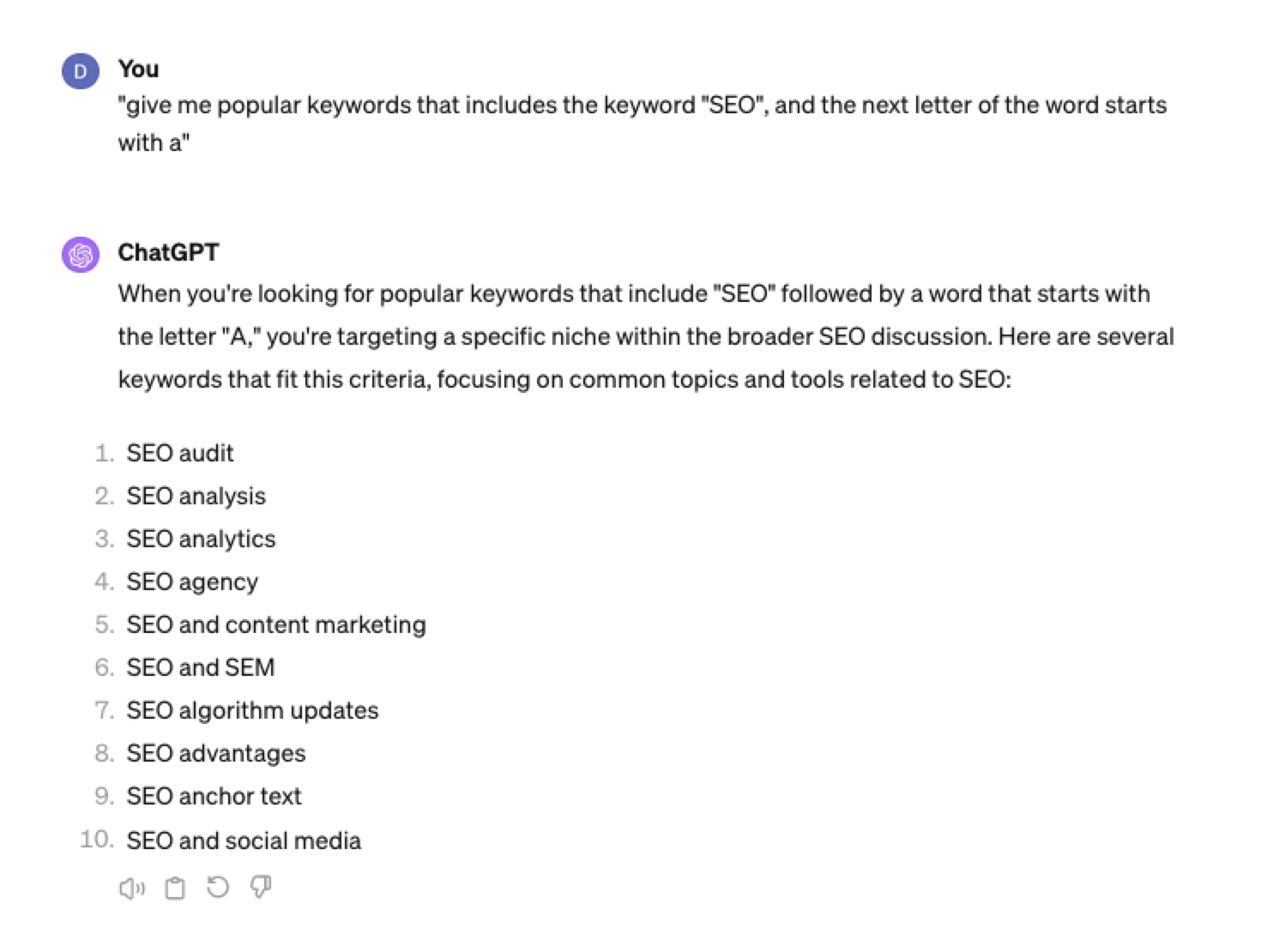 Screenshot from ChatGPT 4, April 2024
Screenshot from ChatGPT 4, April 2024Tip: Using the onion prompting method above, we can combine all this in one prompt.
“Give me five popular keywords that include “SEO” in the word, and the following letter starts with a. Once the answer has been done, move on to giving five more popular keywords that include “SEO” for each letter of the alphabet b to z.”
Generating Keyword Ideas Based On User Personas
When it comes to keyword research, understanding user personas is essential for understanding your target audience and keeping your keyword research focused and targeted. ChatGPT may help you get an initial understanding of customer personas.
Example prompt:
“For the topic of “{Topic}” list 10 keywords each for the different types of user personas”
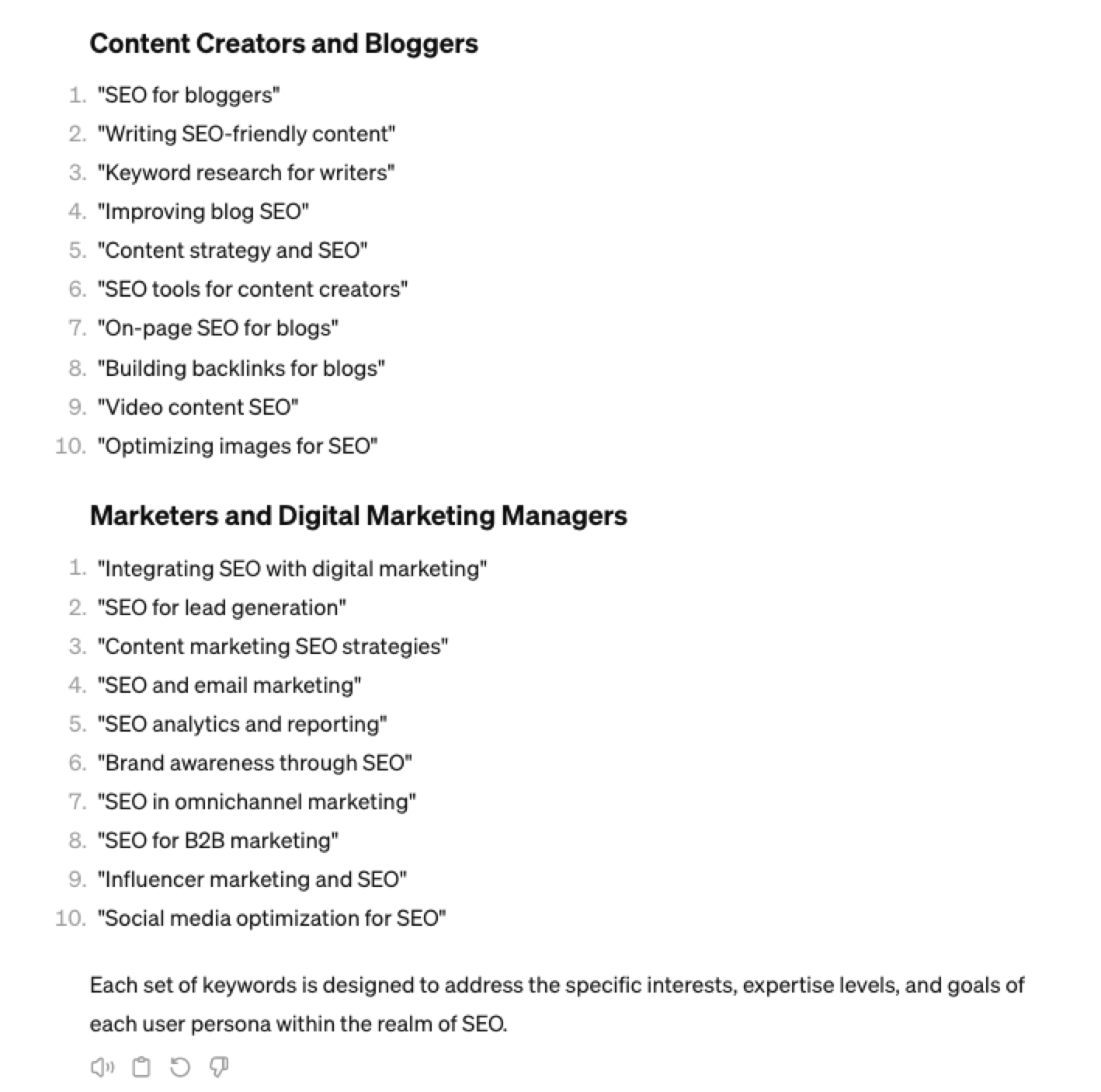 Screenshot from ChatGPT 4, April 2024
Screenshot from ChatGPT 4, April 2024You could even go a step further and ask for questions based on those topics that those specific user personas may be searching for:
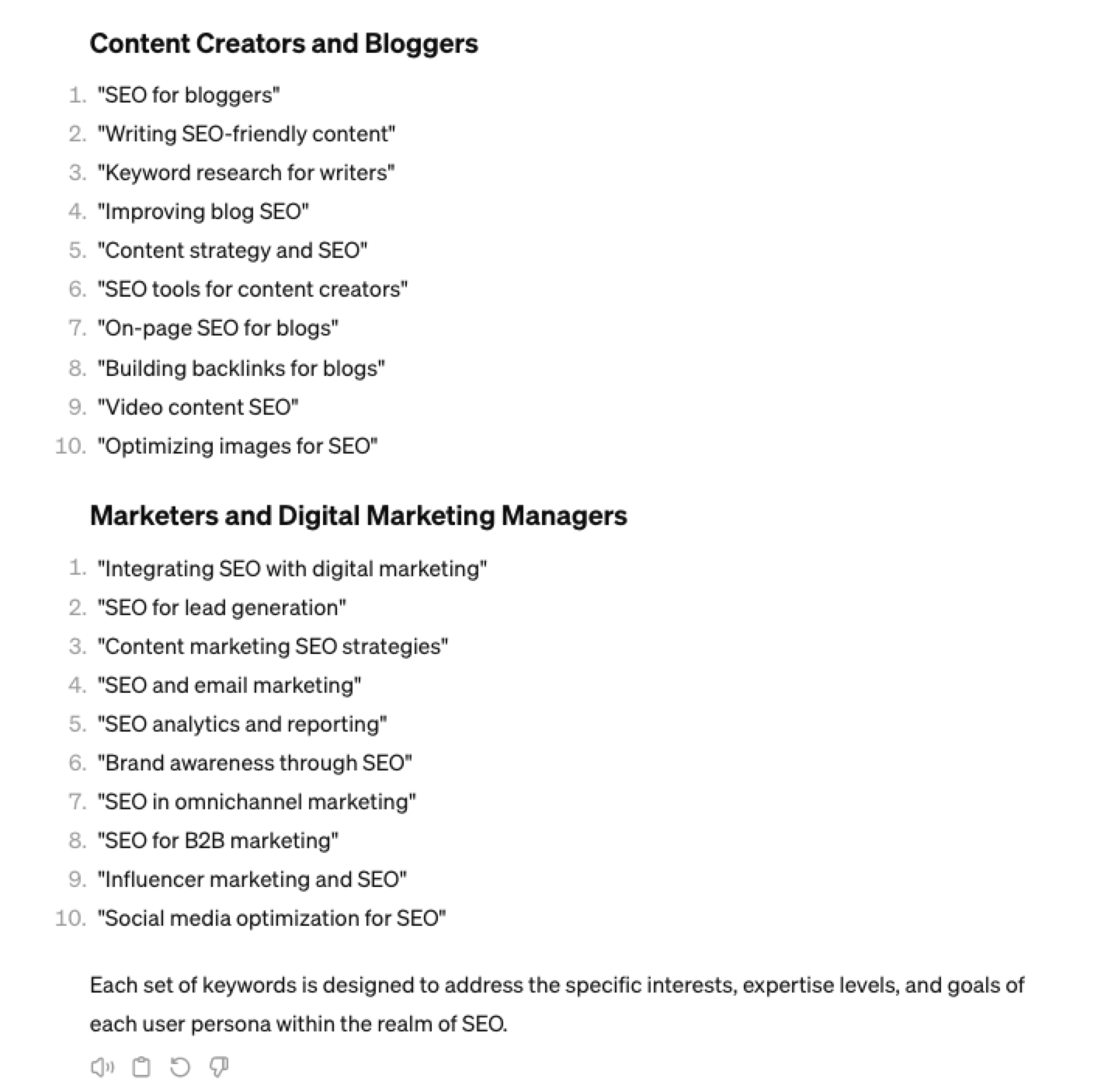 Screenshot ChatGPT 4, April 2024
Screenshot ChatGPT 4, April 2024As well as get the keywords to target based on those questions:
“For each question listed above for each persona, list the keywords, as well as the long-tail keywords to target, and put them in a table”
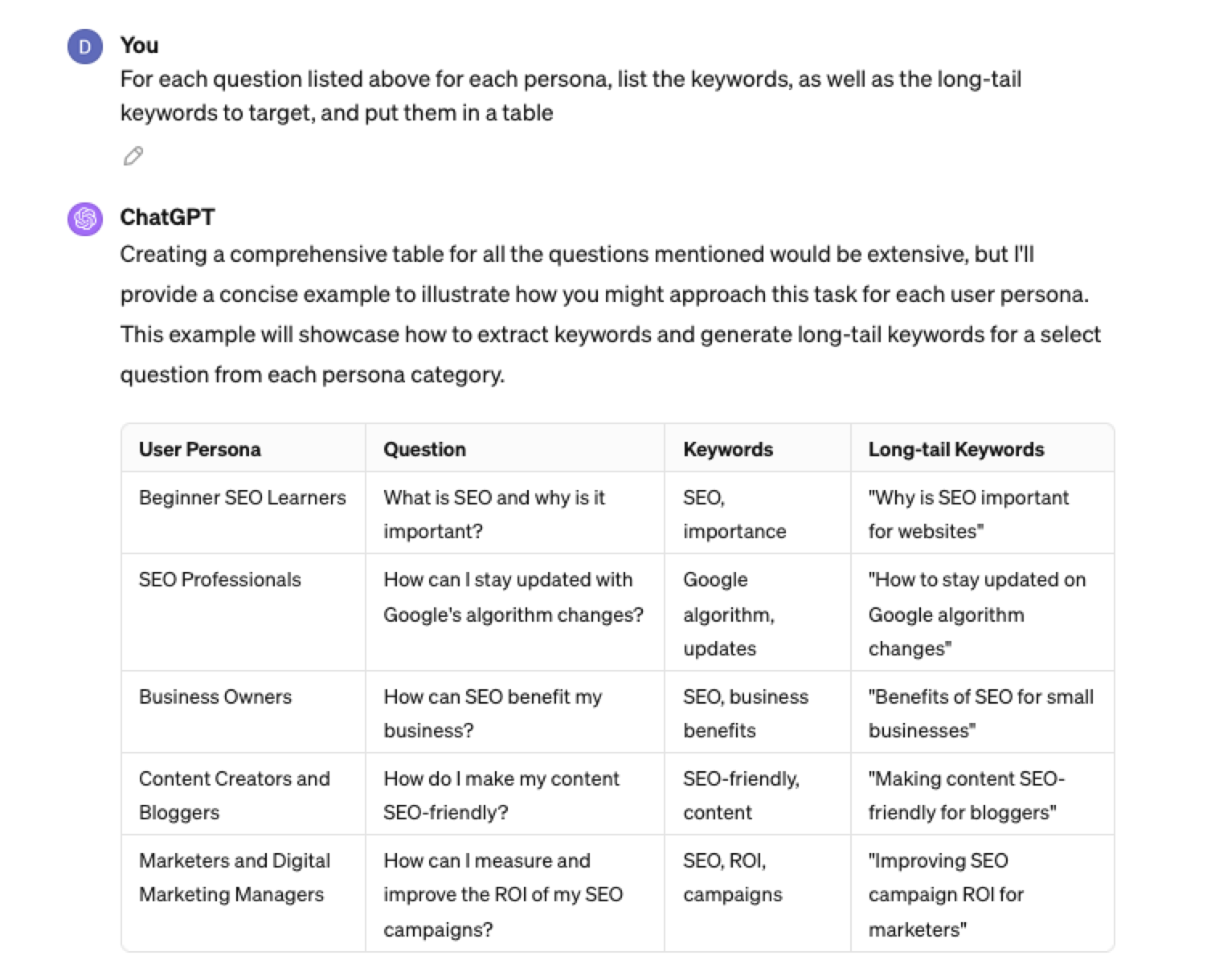 Screenshot from ChatGPT 4, April 2024
Screenshot from ChatGPT 4, April 2024Generating Keyword Ideas Using ChatGPT Based On Searcher Intent And User Personas
Understanding the keywords your target persona may be searching is the first step to effective keyword research. The next step is to understand the search intent behind those keywords and which content format may work best.
For example, a business owner who is new to SEO or has just heard about it may be searching for “what is SEO.”
However, if they are further down the funnel and in the navigational stage, they may search for “top SEO firms.”
You can query ChatGPT to inspire you here based on any topic and your target user persona.
SEO Example:
“For the topic of “{Topic}” list 10 keywords each for the different types of searcher intent that a {Target Persona} would be searching for”
ChatGPT For Keyword Research Admin
Here is how you can best use ChatGPT for keyword research admin tasks.
Using ChatGPT As A Keyword Categorization Tool
One of the use cases for using ChatGPT is for keyword categorization.
In the past, I would have had to devise spreadsheet formulas to categorize keywords or even spend hours filtering and manually categorizing keywords.
ChatGPT can be a great companion for running a short version of this for you.
Let’s say you have done keyword research in a keyword research tool, have a list of keywords, and want to categorize them.
You could use the following prompt:
“Filter the below list of keywords into categories, target persona, searcher intent, search volume and add information to a six-column table: List of keywords – [LIST OF KEYWORDS], Keyword Search Volume [SEARCH VOLUMES] and Keyword Difficulties [KEYWORD DIFFICUTIES].”
-
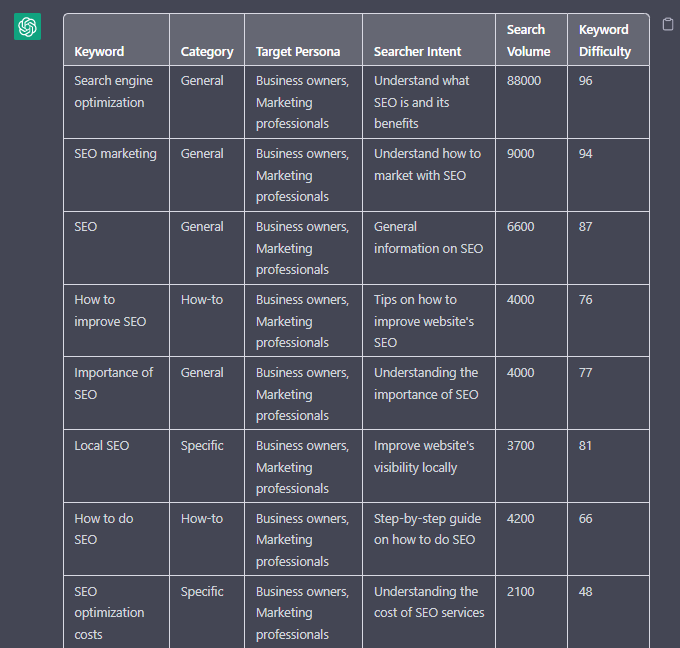 Screenshot from ChatGPT, April 2024
Screenshot from ChatGPT, April 2024
Tip: Add keyword metrics from the keyword research tools, as using the search volumes that a ChatGPT prompt may give you will be wildly inaccurate at best.
Using ChatGPT For Keyword Clustering
Another of ChatGPT’s use cases for keyword research is to help you cluster. Many keywords have the same intent, and by grouping related keywords, you may find that one piece of content can often target multiple keywords at once.
However, be careful not to rely only on LLM data for clustering. What ChatGPT may cluster as a similar keyword, the SERP or the user may not agree with. But it is a good starting point.
The big downside of using ChatGPT for keyword clustering is actually the amount of keyword data you can cluster based on the memory limits.
So, you may find a keyword clustering tool or script that is better for large keyword clustering tasks. But for small amounts of keywords, ChatGPT is actually quite good.
A great use small keyword clustering use case using ChatGPT is for grouping People Also Ask (PAA) questions.
Use the following prompt to group keywords based on their semantic relationships. For example:
“Organize the following keywords into groups based on their semantic relationships, and give a short name to each group: [LIST OF PAA], create a two-column table where each keyword sits on its own row.
-
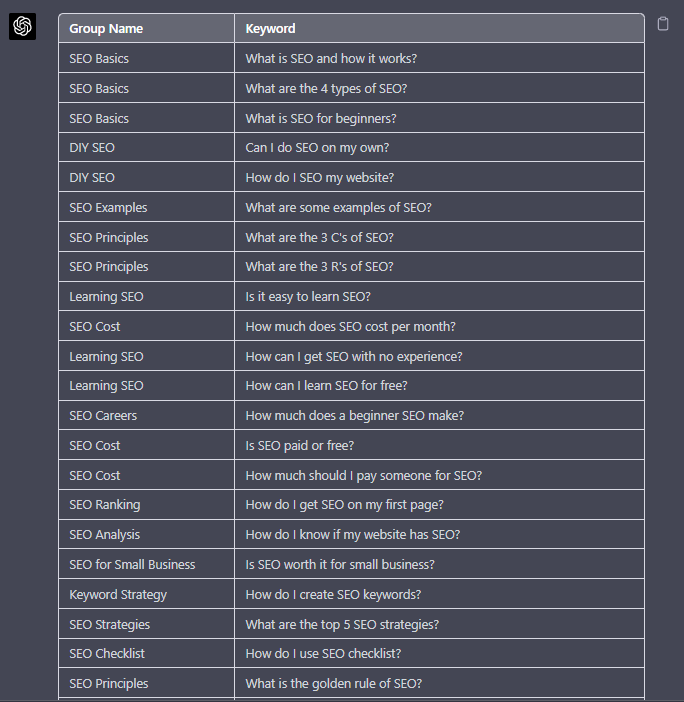 Screenshot from ChatGPT, April 2024
Screenshot from ChatGPT, April 2024
Using Chat GPT For Keyword Expansion By Patterns
One of my favorite methods of doing keyword research is pattern spotting.
Most seed keywords have a variable that can expand your target keywords.
Here are a few examples of patterns:
1. Question Patterns
(who, what, where, why, how, are, can, do, does, will)
“Generate [X] keywords for the topic “[Topic]” that contain any or all of the following “who, what, where, why, how, are, can, do, does, will”
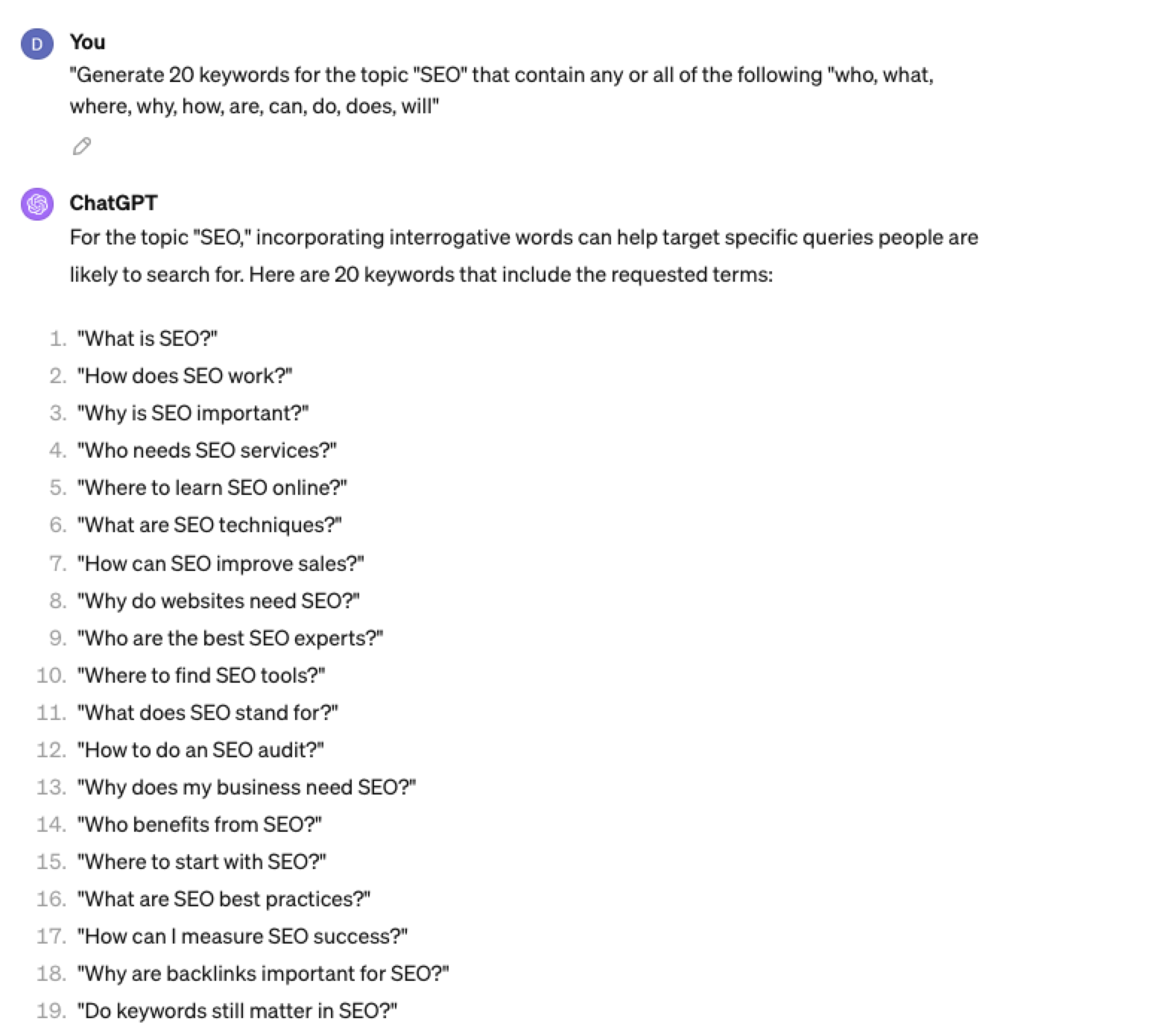 Screenshot ChatGPT 4, April 2024
Screenshot ChatGPT 4, April 20242. Comparison Patterns
Example:
“Generate 50 keywords for the topic “{Topic}” that contain any or all of the following “for, vs, alternative, best, top, review”
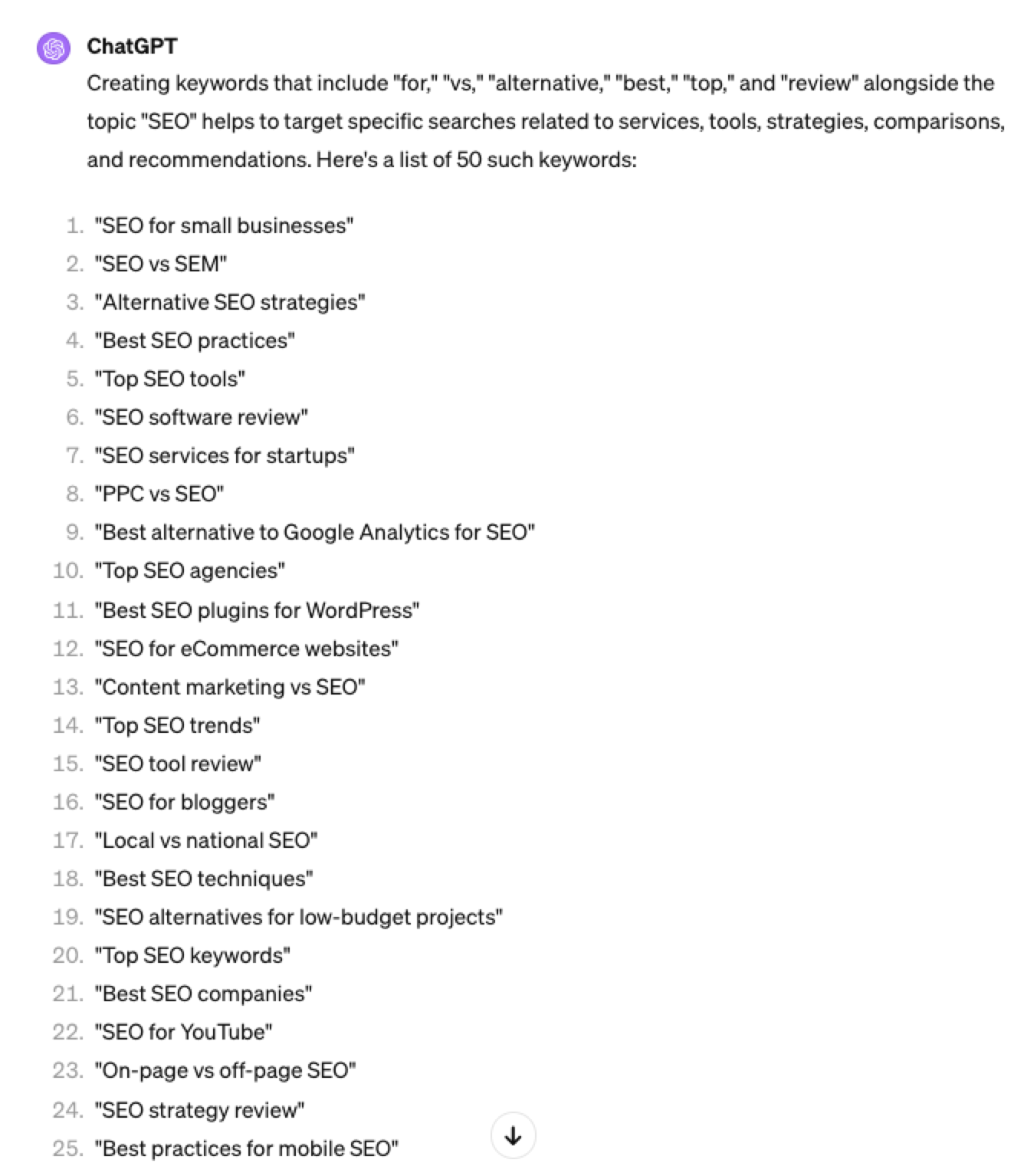 Screenshot ChatGPT 4, April 2024
Screenshot ChatGPT 4, April 20243. Brand Patterns
Another one of my favorite modifiers is a keyword by brand.
We are probably all familiar with the most popular SEO brands; however, if you aren’t, you could ask your AI friend to do the heavy lifting.
Example prompt:
“For the top {Topic} brands what are the top “vs” keywords”
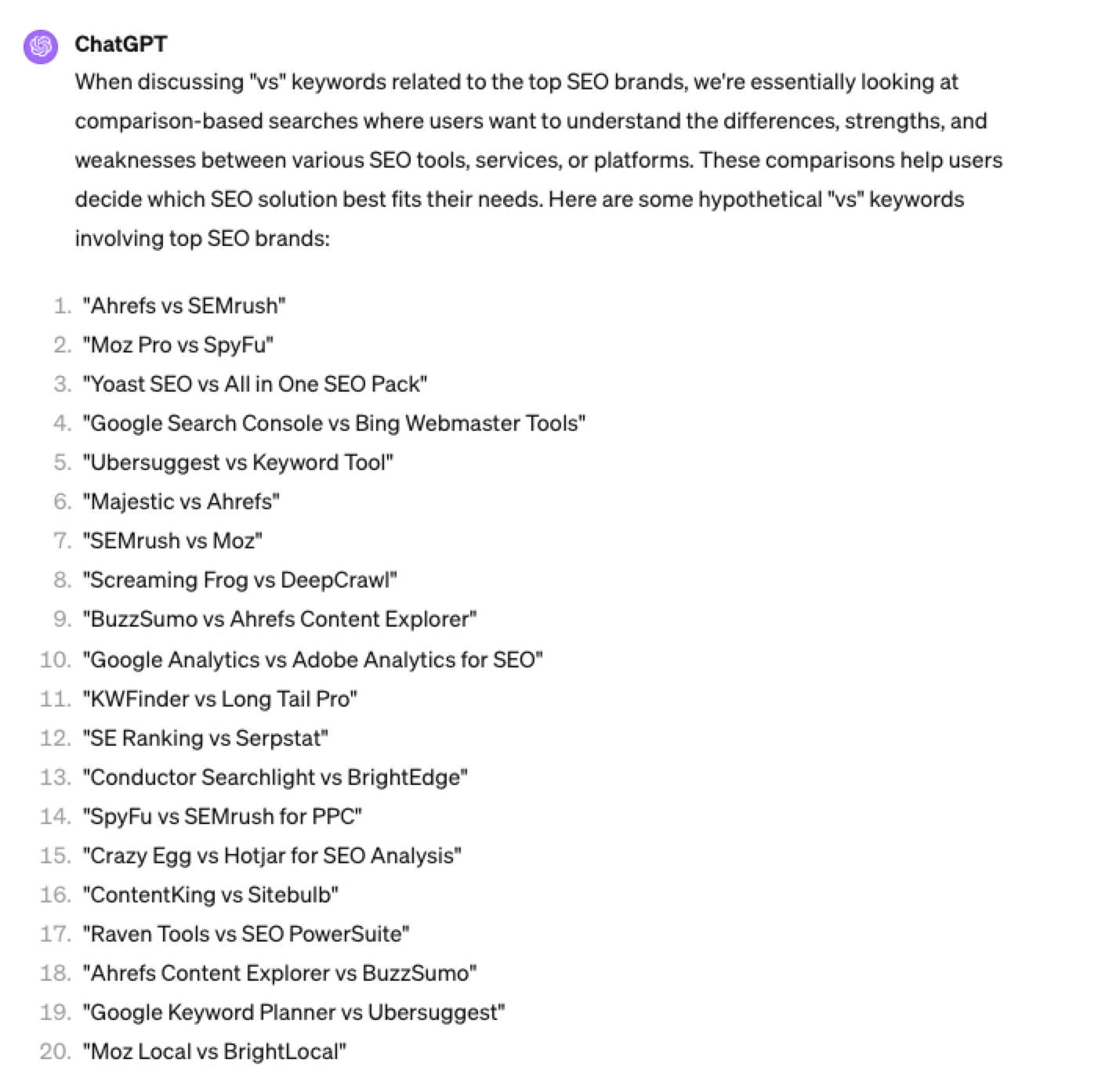 Screenshot ChatGPT 4, April 2024
Screenshot ChatGPT 4, April 20244. Search Intent Patterns
One of the most common search intent patterns is “best.”
When someone is searching for a “best {topic}” keyword, they are generally searching for a comprehensive list or guide that highlights the top options, products, or services within that specific topic, along with their features, benefits, and potential drawbacks, to make an informed decision.
Example:
“For the topic of “[Topic]” what are the 20 top keywords that include “best”
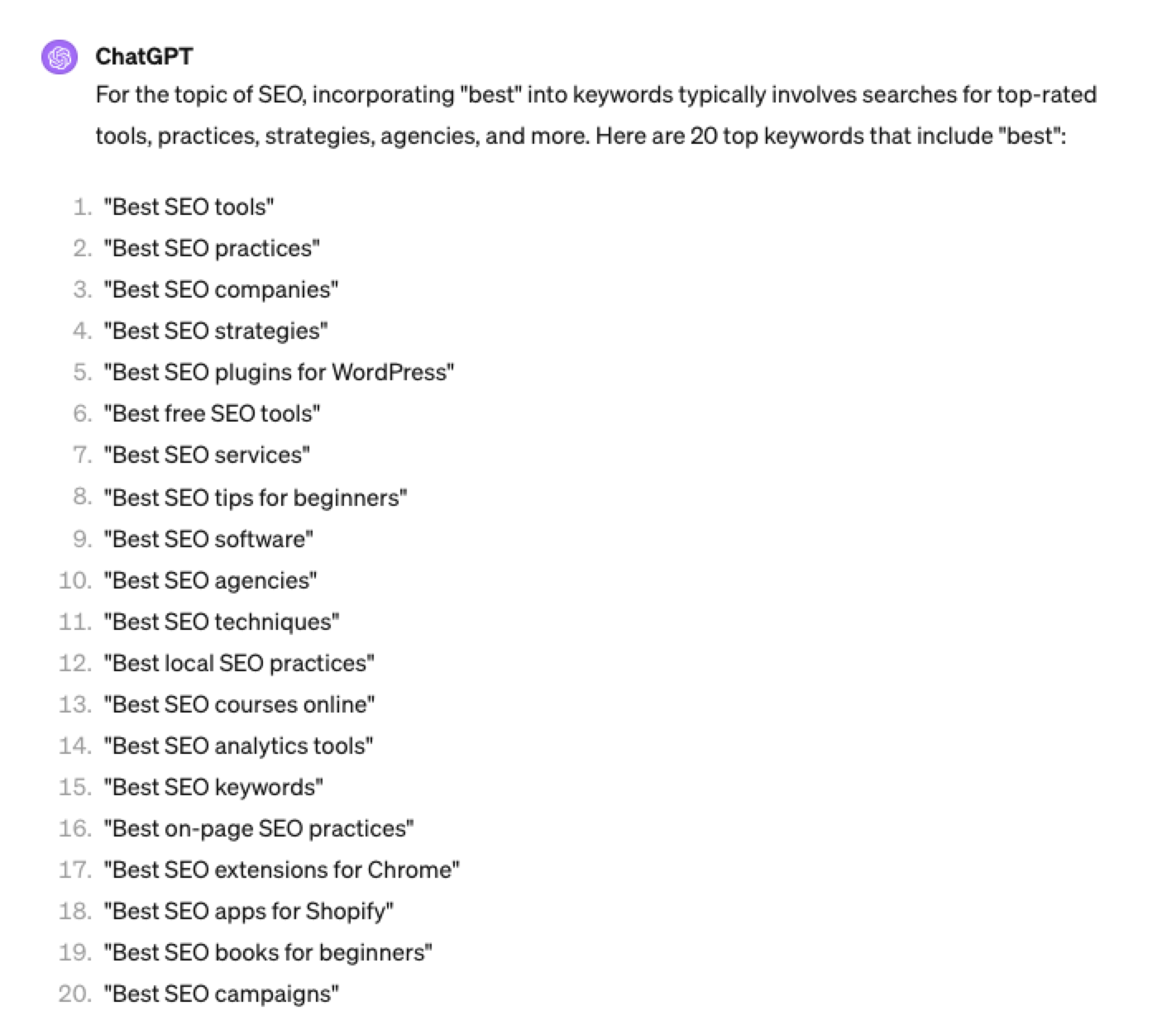 Screenshot ChatGPT 4, April 2024
Screenshot ChatGPT 4, April 2024Again, this guide to keyword research using ChatGPT has emphasized the ease of generating keyword research ideas by utilizing ChatGPT throughout the process.
Keyword Research Using ChatGPT Vs. Keyword Research Tools
Free Vs. Paid Keyword Research Tools
Like keyword research tools, ChatGPT has free and paid options.
However, one of the most significant drawbacks of using ChatGPT for keyword research alone is the absence of SEO metrics to help you make smarter decisions.
To improve accuracy, you could take the results it gives you and verify them with your classic keyword research tool – or vice versa, as shown above, uploading accurate data into the tool and then prompting.
However, you must consider how long it takes to type and fine-tune your prompt to get your desired data versus using the filters within popular keyword research tools.
For example, if we use a popular keyword research tool using filters, you could have all of the “best” queries with all of their SEO metrics:
-
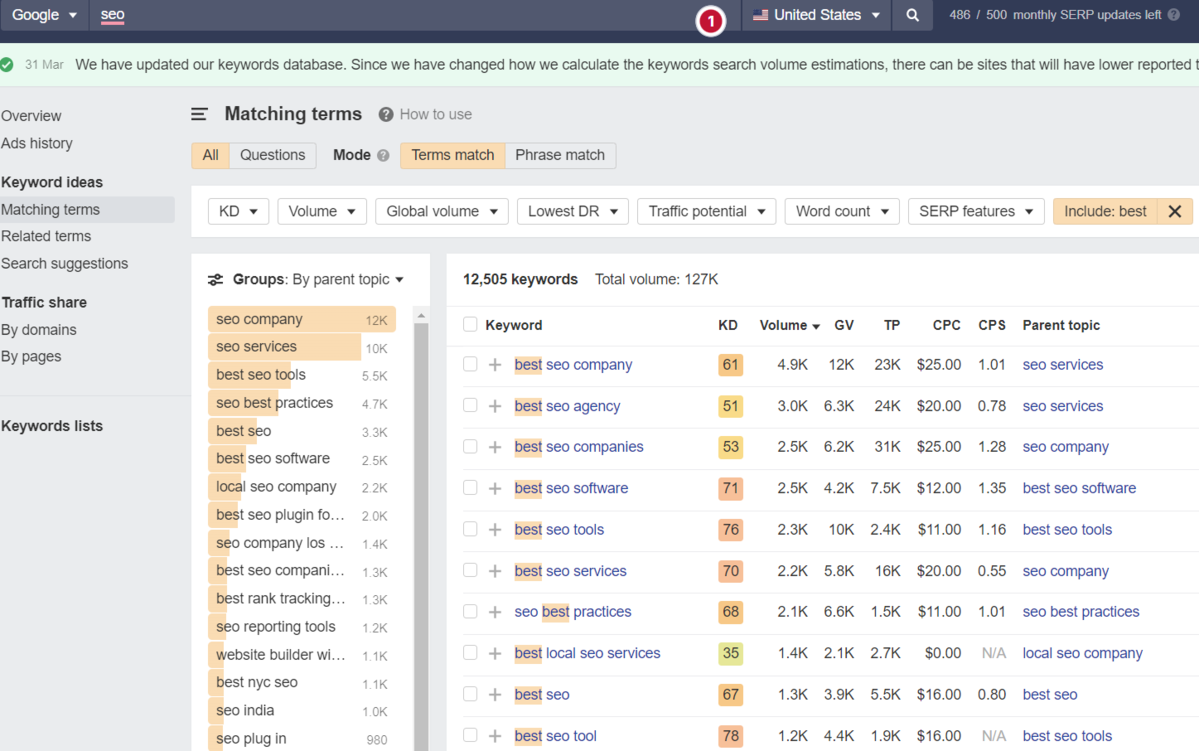 Screenshot from Ahrefs Keyword Explorer, March 2024
Screenshot from Ahrefs Keyword Explorer, March 2024
And unlike ChatGPT, generally, there is no token limit; you can extract several hundred, if not thousands, of keywords at a time.
As I have mentioned multiple times throughout this piece, you cannot blindly trust the data or SEO metrics it may attempt to provide you with.
The key is to validate the keyword research with a keyword research tool.
ChatGPT For International SEO Keyword Research
ChatGPT can be a terrific multilingual keyword research assistant.
For example, if you wanted to research keywords in a foreign language such as French. You could ask ChatGPT to translate your English keywords;
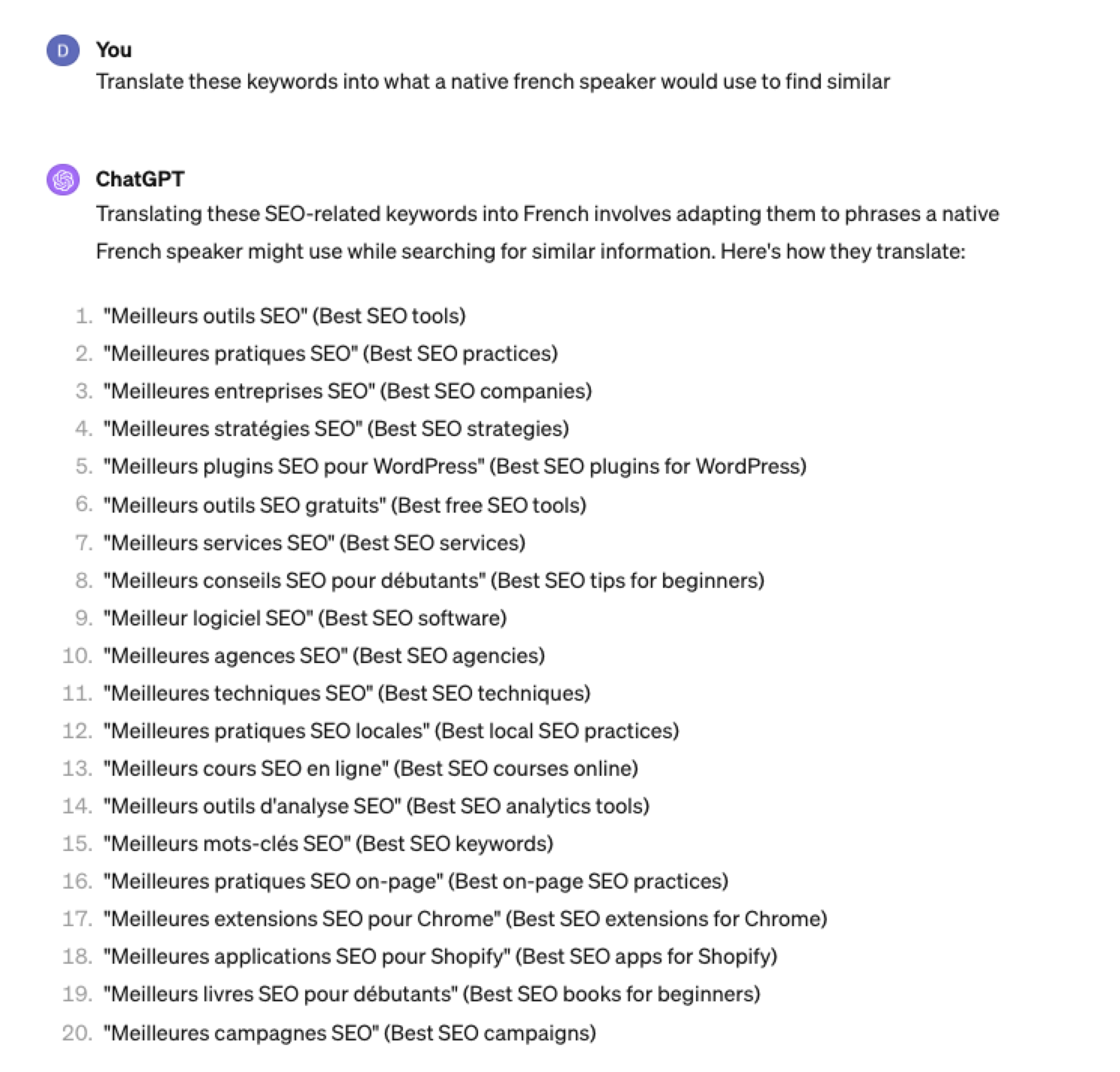 Screenshot ChatGPT 4, Apil 2024
Screenshot ChatGPT 4, Apil 2024- The key is to take the data above and paste it into a popular keyword research tool to verify.
- As you can see below, many of the keyword translations for the English keywords do not have any search volume for direct translations in French.
 Screenshot from Ahrefs Keyword Explorer, April 2024
Screenshot from Ahrefs Keyword Explorer, April 2024But don’t worry, there is a workaround: If you have access to a competitor keyword research tool, you can see what webpage is ranking for that query – and then identify the top keyword for that page based on the ChatGPT translated keywords that do have search volume.
-
-
 Screenshot from Ahrefs Keyword Explorer, April 2024
Screenshot from Ahrefs Keyword Explorer, April 2024
Or, if you don’t have access to a paid keyword research tool, you could always take the top-performing result, extract the page copy, and then ask ChatGPT what the primary keyword for the page is.
Key Takeaway
-
ChatGPT can be an expert on any topic and an invaluable keyword research tool. However, it is another tool to add to your toolbox when doing keyword research; it does not replace traditional keyword research tools.
As shown throughout this tutorial, from making up keywords at the beginning to inaccuracies around data and translations, ChatGPT can make mistakes when used for keyword research.
You cannot blindly trust the data you get back from ChatGPT.
However, it can offer a shortcut to understanding any topic for which you need to do keyword research and, as a result, save you countless hours.
But the key is how you prompt.
The prompts I shared with you above will help you understand a topic in minutes instead of hours and allow you to better seed keywords using keyword research tools.
It can even replace mundane keyword clustering tasks that you used to do with formulas in spreadsheets or generate ideas based on keywords you give it.
Paired with traditional keyword research tools, ChatGPT for keyword research can be a powerful tool in your arsenal.
More resources:
Featured Image: Tatiana Shepeleva/Shutterstock
SEO
OpenAI Expected to Integrate Real-Time Data In ChatGPT

Sam Altman, CEO of OpenAI, dispelled rumors that a new search engine would be announced on Monday, May 13. Recent deals have raised the expectation that OpenAI will announce the integration of real-time content from English, Spanish, and French publications into ChatGPT, complete with links to the original sources.
OpenAI Search Is Not Happening
Many competing search engines have tried and failed to challenge Google as the leading search engine. A new wave of hybrid generative AI search engines is currently trying to knock Google from the top spot with arguably very little success.
Sam Altman is on record saying that creating a search engine to compete against Google is not a viable approach. He suggested that technological disruption was the way to replace Google by changing the search paradigm altogether. The speculation that Altman is going to announce a me-too search engine on Monday never made sense given his recent history of dismissing the concept as a non-starter.
So perhaps it’s not a surprise that he recently ended the speculation by explicitly saying that he will not be announcing a search engine on Monday.
He tweeted:
“not gpt-5, not a search engine, but we’ve been hard at work on some new stuff we think people will love! feels like magic to me.”
“New Stuff” May Be Iterative Improvement
It’s quite likely that what’s going to be announced is iterative which means it improves ChatGPT but not replaces it. This fits into how Altman recently expressed his approach with ChatGPT.
He remarked:
“And it does kind of suck to ship a product that you’re embarrassed about, but it’s much better than the alternative. And in this case in particular, where I think we really owe it to society to deploy iteratively.
There could totally be things in the future that would change where we think iterative deployment isn’t such a good strategy, but it does feel like the current best approach that we have and I think we’ve gained a lot from from doing this and… hopefully the larger world has gained something too.”
Improving ChatGPT iteratively is Sam Altman’s preference and recent clues point to what those changes may be.
Recent Deals Contain Clues
OpenAI has been making deals with news media and User Generated Content publishers since December 2023. Mainstream media has reported these deals as being about licensing content for training large language models. But they overlooked a a key detail that we reported on last month which is that these deals give OpenAI access to real-time information that they stated will be used to give attribution to that real-time data in the form of links.
That means that ChatGPT users will gain the ability to access real-time news and to use that information creatively within ChatGPT.
Dotdash Meredith Deal
Dotdash Meredith (DDM) is the publisher of big brand publications such as Better Homes & Gardens, FOOD & WINE, InStyle, Investopedia, and People magazine. The deal that was announced goes way beyond using the content as training data. The deal is explicitly about surfacing the Dotdash Meredith content itself in ChatGPT.
The announcement stated:
“As part of the agreement, OpenAI will display content and links attributed to DDM in relevant ChatGPT responses. …This deal is a testament to the great work OpenAI is doing on both fronts to partner with creators and publishers and ensure a healthy Internet for the future.
Over 200 million Americans each month trust our content to help them make decisions, solve problems, find inspiration, and live fuller lives. This partnership delivers the best, most relevant content right to the heart of ChatGPT.”
A statement from OpenAI gives credibility to the speculation that OpenAI intends to directly show licensed third-party content as part of ChatGPT answers.
OpenAI explained:
“We’re thrilled to partner with Dotdash Meredith to bring its trusted brands to ChatGPT and to explore new approaches in advancing the publishing and marketing industries.”
Something that DDM also gets out of this deal is that OpenAI will enhance DDM’s in-house ad targeting in order show more tightly focused contextual advertising.
Le Monde And Prisa Media Deals
In March 2024 OpenAI announced a deal with two global media companies, Le Monde and Prisa Media. Le Monde is a French news publication and Prisa Media is a Spanish language multimedia company. The interesting aspects of these two deals is that it gives OpenAI access to real-time data in French and Spanish.
Prisa Media is a global Spanish language media company based in Madrid, Spain that is comprised of magazines, newspapers, podcasts, radio stations, and television networks. It’s reach extends from Spain to America. American media companies include publications in the United States, Argentina, Bolivia, Chile, Colombia, Costa Rica, Ecuador, Mexico, and Panama. That is a massive amount of real-time information in addition to a massive audience of millions.
OpenAI explicitly announced that the purpose of this deal was to bring this content directly to ChatGPT users.
The announcement explained:
“We are continually making improvements to ChatGPT and are supporting the essential role of the news industry in delivering real-time, authoritative information to users. …Our partnerships will enable ChatGPT users to engage with Le Monde and Prisa Media’s high-quality content on recent events in ChatGPT, and their content will also contribute to the training of our models.”
That deal is not just about training data. It’s about bringing current events data to ChatGPT users.
The announcement elaborated in more detail:
“…our goal is to enable ChatGPT users around the world to connect with the news in new ways that are interactive and insightful.”
As noted in our April 30th article that revealed that OpenAI will show links in ChatGPT, OpenAI intends to show third party content with links to that content.
OpenAI commented on the purpose of the Le Monde and Prisa Media partnership:
“Over the coming months, ChatGPT users will be able to interact with relevant news content from these publishers through select summaries with attribution and enhanced links to the original articles, giving users the ability to access additional information or related articles from their news sites.”
There are additional deals with other groups like The Financial Times which also stress that this deal will result in a new ChatGPT feature that will allow users to interact with real-time news and current events .
OpenAI’s Monday May 13 Announcement
There are many clues that the announcement on Monday will be that ChatGPT users will gain the ability to interact with content about current events. This fits into the terms of recent deals with news media organizations. There may be other features announced as well but this part is something that there are many clues pointing to.
Watch Altman’s interview at Stanford University
Featured Image by Shutterstock/photosince
-

 PPC5 days ago
PPC5 days agoHow the TikTok Algorithm Works in 2024 (+9 Ways to Go Viral)
-

 SEO6 days ago
SEO6 days agoBlog Post Checklist: Check All Prior to Hitting “Publish”
-

 SEO4 days ago
SEO4 days agoHow to Use Keywords for SEO: The Complete Beginner’s Guide
-

 MARKETING5 days ago
MARKETING5 days agoHow To Protect Your People and Brand
-

 PPC6 days ago
PPC6 days agoHow to Craft Compelling Google Ads for eCommerce
-

 SEARCHENGINES6 days ago
SEARCHENGINES6 days agoGoogle Started Enforcing The Site Reputation Abuse Policy
-

 MARKETING4 days ago
MARKETING4 days agoThe Ultimate Guide to Email Marketing
-

 MARKETING6 days ago
MARKETING6 days agoElevating Women in SEO for a More Inclusive Industry


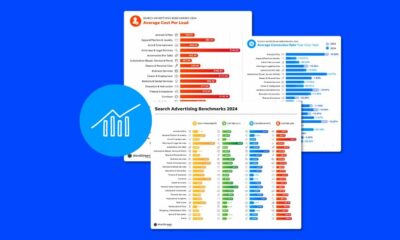

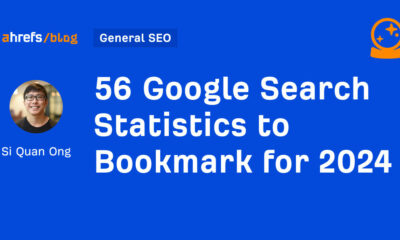







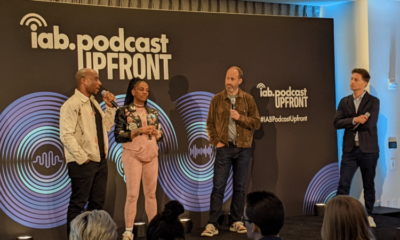



You must be logged in to post a comment Login